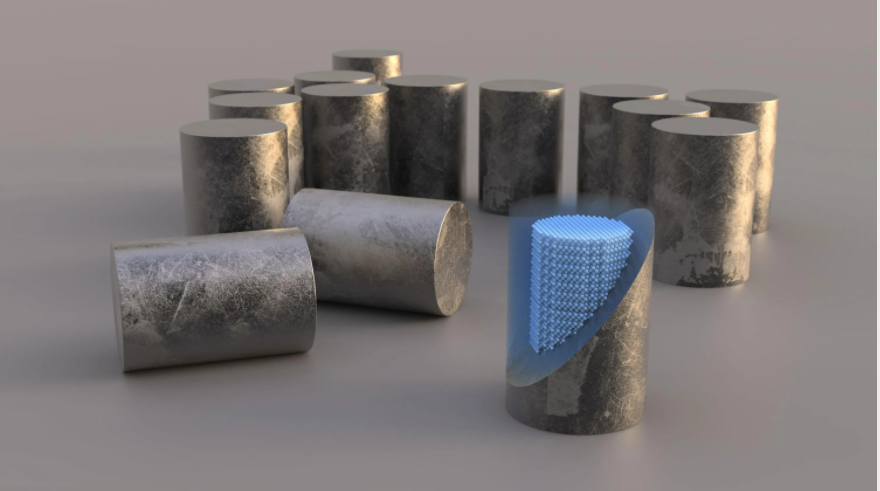Introduction: Ultra Safe Nuclear Corp will use ultra-rugged
ceramics
Printing fuel and reactor components

Metals and high-tech composites are made3D printingtechnology has gradually
aviation
aerospace
and
medical
field works. Additive manufacturing is also seen as a key technology for producing small, safe next-generation nuclear reactors.The latest example comes from Seattle-based Ultra Safe Nuclear Corp., which has acquired a novel3D printing technologylicense. The approach will allow the company to manufacture nuclear reactor components from technical ceramics that are more resistant to radiation and extreme temperatures, allowing them to accelerate the development of safer next-generation reactors.
USNC, which is making tiny modular reactors, said deployment should cost tens of millions of dollars instead of the billions required for today’s larger reactors, and plans to deploy its first reactor by 2026. The company is also developing compact reactors for nuclear-powered rockets, whose safety designs rely on: A robust fuel made of ceramic-coated uranium fuel particles encapsulated in a silicon carbide matrix.Oak Ridge’s3D printing technologyCombining binder extrusion printing with a special ceramic production process produces new parts with novel design structures.
Silicon carbide is an engineering ceramic already used in tank armor and specialty electronics, as well as aerospace applications. However, it is extremely difficult to forge complex-shaped reactor components using such ceramics, and very difficult using conventional methods such as machining or casting. Oak Ridge Lab’s 3D printing technology combines binder jet printing with a special ceramic production process that enables USNC to print complex geometries from silicon carbide.
“Design intrinsically safe and highly advanced nuclear energy systems fueled by highly safe and high temperature resistant materials.” Terrani said the newly licensed 3D printing technology will be a key part of the USNC manufacturing process. The company will use it to make silicon carbide casings for its nuclear fuel and to produce non-fuel structural components for its reactors. Advanced ceramic-based reactor systems should be safer than conventional reactor systems that primarily use metal components. “Silicon carbide 3D printing is a new technology that offers new possibilities, but it also requires a thorough review to ensure that the resulting material and its properties meet stringent nuclear licensing and regulatory requirements,” he said.Fortunately, researchers at the Oak Ridge Laboratory have extensively tested these novel types in and out of nuclear reactors in recent years.3D printing materials. In fact, 3D printing is not new to the nuclear industry. In 2017,
Siemens
Became the first company to install a 3D printed part at a nuclear power plant: a small metal part for a fire pump used in a factory in Slovenia.
(responsible editor: admin)


0 Comments for “Making safer nuclear reactors based on 3D printing”